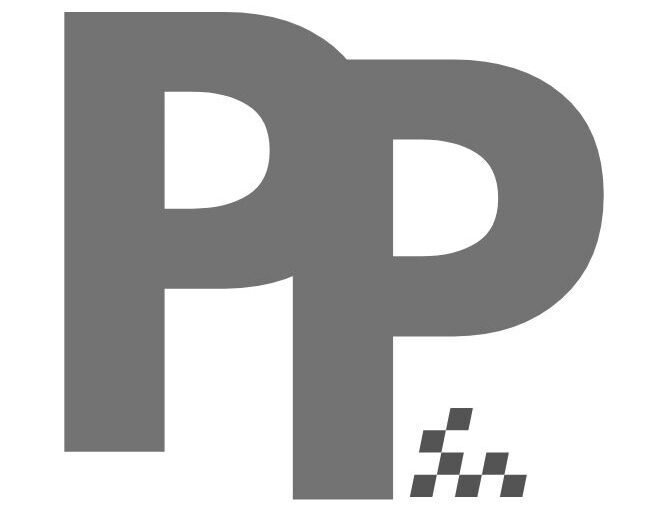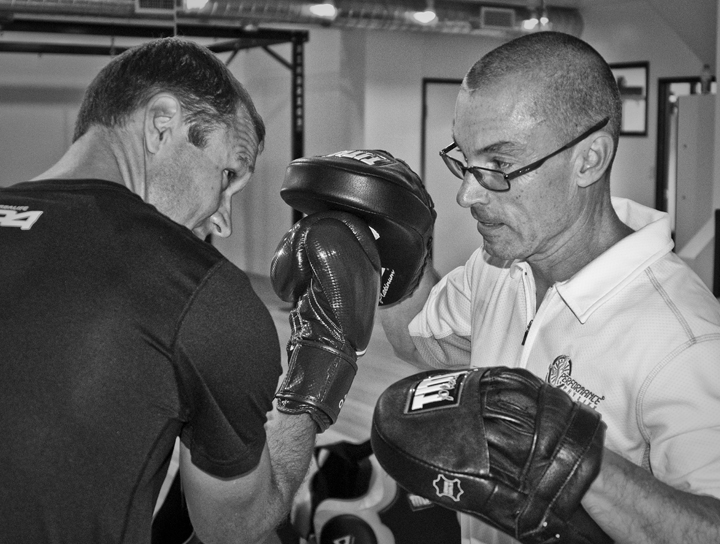Detractors of motorsports often reduce the sport down to a driver continually turning left. Minimizing the physical effort required by a professional driver to handle a vehicle moving at speeds in excess of 200 mph for hours at time is common.
But there are other professionals who do the complete opposite. They take into account the skills and strains that every driver must display and face during a race. And then prepare them to do their job.
During a typical race, drivers can become dehydrated after losing several pints of water. Blurred vision and eye fatigue from vibrations felt by a driver are also a concern. During a race, a driver’s heart rate is similar to that seen in marathon runners and long-distance cyclists–reaching 85-95% of its capacity. And of course, lateral G forces of up to 5Gs cause strain and fatigue, especially on a driver’s neck, when cornering or accelerating. Imagine driving with a 40 pound weight on your head–this is similar to the G forces drivers feel.
Motorsports trainers formulate a physical fitness program to ensure that the driver is physically fit and capable of meeting those challenges not just in hopes of a win, but also because a driver’s safety depends on his or her physical fitness level.
Behind the scenes, these professionals rarely are heard about or seen; yet, they have a significant effect on competition.
Simon Hayes is one such trainer. He focuses his business on preparing motorsports drivers for handling their “office” responsibilities.
Based in Santa Monica, California, and working out of IRON Gym, Hayes has worked with drivers such as Ryan Hunter-Reay, Blair Chang, Oriol Servia and Patrick Dempsey.
Hailing from Reading Berkshire, England, Hayes got his start as a motorsports trainer after serving in the United Kingdom Armed Forces for 11 years. In 1992, Hayes began working as a health and fitness club manager where he began interacting with members of the Vauxhall and Honda British Touring Car championship teams who were clients. It was during this time that Hayes was introduced to Sir Frank Williams.
Hayes fostered a relationship with Williams and Williams’ driver, David Coulthard, who was brought in to drive for Williams-Renault following Ayrton Senna’s death. Up until this time, Hayes had only see F1 races on television, but he instinctively knew that he could use the physical training techniques he learned and used while in the Armed Forces to train drivers.
After working with F1 drivers, Hayes moved to the United States in 2002 and two years later began working with Justin Wilson, a former F1 driver, who at that time was driving in CART.
Hayes provided ARN with some insight into his specialized field of training motorsports drivers.
Is there a difference between training an F1 driver and an IndyCar driver?
With the advent of the technology, which has changed in F1 over the past few years, those drivers feel they do not have to do much resistance-based training. This was not the case when I worked in F1. For example, no Hans devices meant drivers needed to work hard on neck strength.
With Indy Car Drivers I tend to focus on weight training and core exercises as well as cardio specific to each driver. I’d have to say that today, driving an IndyCar is harder, physically, than F1. Between the two, IndyCar drivers are the greater athletes. Sorry Rubens, time to start working out again!
What areas must drivers work on training the most?
IndyCar drivers such as Ryan Hunter-Reay and Duncan Ende require a significant amount of gym time working on specific resistance routines for the upper body, core and neck as well as working on cardio.
Workouts are tailored to a specific driver’s needs and taking into account the driver’s schedule. I recommend that a driver train 3-4x/week in the gym and then also incorporate other disciplines such as road or mountain biking.
Following the last race of the season, how soon do drivers begin training for the next season?
Almost as soon as they can. Most of my clients follow a combination of specific programs set up for them that they follow at whether they are home or travelling. We supplement the tailored program by arranging a specific time when they come to Santa Monica or I visit them in order to update their training program.
What is one piece of training advice for young drivers?
Make sure when choosing a trainer, you select someone who has had experience working within motorsports at some level. So many of the clients I take on, are doing routines completely useless to success in motor racing.
Interview: Robyn Schechter
Photo Credit: Jill Squires

